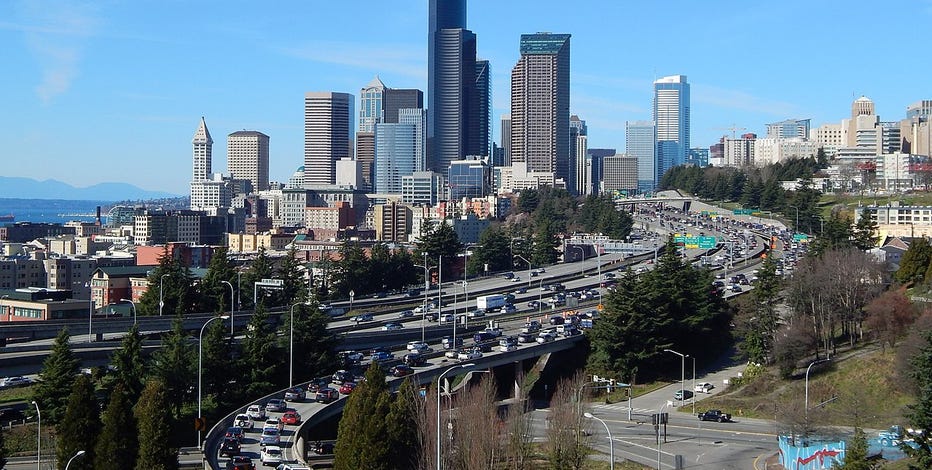Report: 2022 saw most traffic deaths in Washington since 1990
SEATTLE - A report from the Washington Traffic Safety Commission (WTSC) found 2022 saw the most traffic deaths in the state since 1990, and more than half of them involved impaired driving.
The agency reported initial data for 2022 this week, which showed the most deaths on Washington roads in more than 30 years. According to their findings, 745 people were killed in crashes last year.
Nationally, the National Highway Traffic Safety Administration found there were 14,219 fatal crashes involving alcohol, and another 497,000 non-fatal crashes.
"During 2017 through 2021, 32 percent of fatal crashes in Washington involved alcohol positive drivers," said WTSC Director Shelly Baldwin. "Alcohol impairment, whether alone or in combination with other drugs, continues to be a leading risk factor in traffic fatalities."
The WTSC suggests reducing Washington's "per se" blood alcohol content (BAC) limit should be lowered from .08% to .05%.
Currently, state lawmakers are considering Senate Bill 5002, which aims to do exactly that. WTSC says that at a BAC of .05%, a driver has reduced coordination and ability to track moving objects, difficulty steering and delayed response to emergency situations.
"The goal of this bill is not to increase the number of DUI arrests but to remind and encourage people to avoid driving after drinking and thereby save lives. This was the outcome in Utah, and we expect a similar impact in Washington State," said Washington State Patrol Chief John Batiste.
Featured
Washington ranks 2nd-worst state in U.S. to drive in, study finds
Traffic congestion, potholes, steep gas prices, left-hand exit ramps on freeways, and long red lights—there’s so much to love about driving in Washington. According to a study by WalletHub, all those headaches make it the second-worst state in the U.S. to drive in.
Get breaking news alerts in the FREE FOX 13 Seattle app. Download for Apple iOS or Android. And sign up for BREAKING NEWS emails delivered straight to your inbox.
"The evidence is clear that a driver’s ability to drive safely and react to unexpected traffic conditions is affected when their BAC reaches 0.05 percent," Baldwin said.


